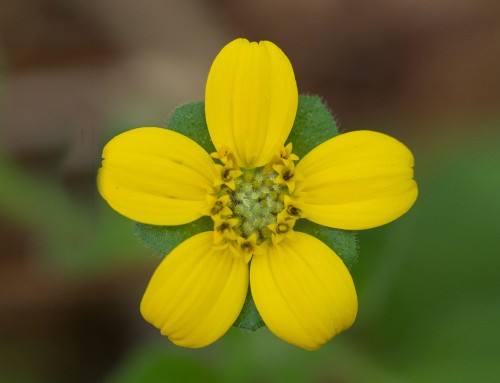The Border Marker selection tool enables you to make detailed selections effortlessly. Quickly sketch over an object in the scene and Exposure will select it for you.
Photo: Jeff Butterworth, Michael Gillman
Transcript
The selection tools are flexible enough to use however you’d like, but the first tool you use to create the initial selection will set up the workflow for adjusting it. Each of the selection tools do the same thing in a different way to give you control over various content.
Border Marker Selections
When selecting objects with defined edges, Border markers are a very effective way of creating a selection. They can quickly make masks with lots of detail with minimal effort.
Making selections
Click the Border marker tool and then brush over the entire object. When doing this, try to cover the whole thing. Then, add an Include marker to designate the object.
Depending on the object, you may need to add more markers to include everything. Markers can be a dot, or line, or you can freely brush within the object. And, you can always revisit markers in Exposure to make adjustments to them independently.
Refining selections
Markers can come in all shapes and sizes. For example, they can be very small when working with intricate selections. Tiny markers may select too much area, so you may need to fine-tune the placement work better with the object.
Selections can be refined using a mixture of techniques. For example, using an Exclude polygon would likely be a better option for masking architectural photos with lots of straight lines.
Another way to improve the selection you’ve made is with the color constraints. You can specify the hue, saturation, and luminance values you wish to select in the image, and remove those you don’t want from the selection.
Using masks
For example, you can easily select the highlight values, or the shadow values of a specific object to apply separate edits. This would be a good way to either remove color casts or tints, or add your own creative toning to the photo.
Once a selection is made, it can easily be duplicated to save time. In the Layers panel, right-click, select Duplicate Layer, then make adjustments to the new layer. You can invert the selection to quickly apply a separate color tint that complements the first one.
When masking in Exposure, the mask preview options at the bottom of the panel can be used to change how you visualize the selection you are making. This is especially helpful for objects with hard edges, where you don’t want any haloing around the selection that can show effects where they aren’t wanted. Experiment with different modes, such as using transparency rather than a color overlay to see which mode works best. It’s a different way to visualize the selection without modifying the images’ tones.












